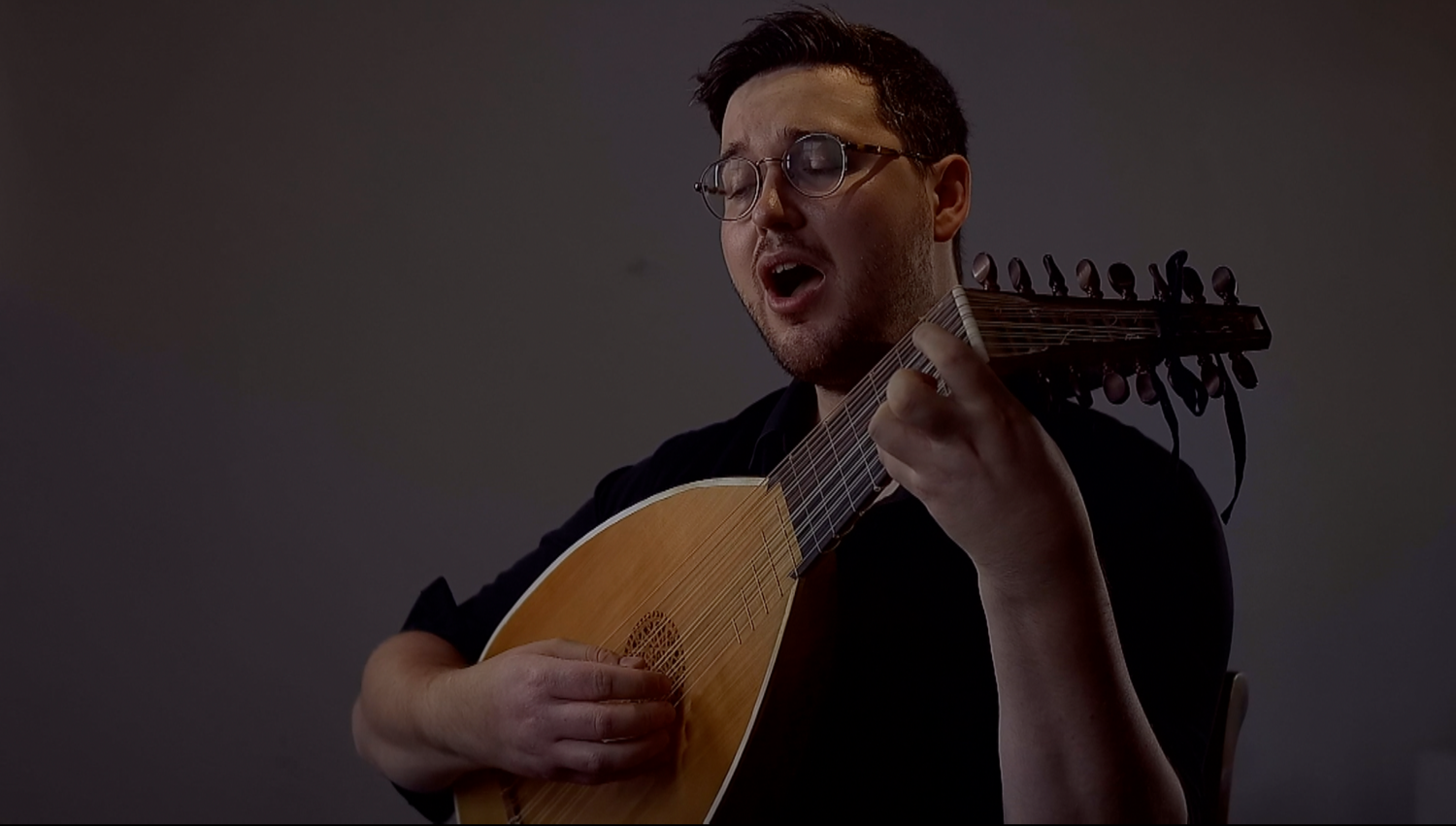Domenico Corri (1810) on the First Lesson and how to Sing Major/Minor Semitones
- Tim Braithwaite

- Feb 20, 2021
- 3 min read
‘Progressive rules for daily practice proportioned to the age and ability of Pupils:
The intention of this Exercise is to acquire the art of taking breath and how to retain it, by which is effected the swelling and dying of the Voice, the most important qualification of the vocal art, and may be learned in a few days by moderate, regular, and frequent practice.
Begin by half an hour at a time, increasing more and more in proportion to the age and strength of the constitution on an average from two to three hours each day, until it is acquired, after which you may relax the exertion, but must never abandon it totally as long as you wish to improve and preserve your voice.
The best time for practice is considered to be after breakfast, the Lungs then being in the happiest state to bear the exertion; during this progress you must abstain from any other Singing, because for this appointed Exercise, all your power should be reserved.
1st. Place yourself near a Piano Forte and before a Looking Glass, standing, you will thus possess more strength.
2nd. Keep the Head and Body upright which gives free passage to the Voice.
3rd. Open the Mouth in an oblong form, as smiling, so that the lower Lip may not rise above the Teeth, which otherwise will damp and weaken the tone of the Voice.
4th. Take as much breath as you can, draw it with a moderate quickness, with suspiration, as if sighing, use it with economy, and at the same instant sound the letter A as pronounced by the Italian or Scotch, thus, ah.
5th. Take any Note of Lesson 1, page 13, the most easy and powerful within the natural compass of the Voice, which in general does not exceed twenty Semitones (see page 66.)
NB. Too much exertion above or below the natural compass would be detrimental to the Voice, and tho’ not felt in youth, its injurious effects will soon be discovered when the constitution of the Voice begins to relax...
Explantation of the Nature of Musical Intervals and Practical Exercises for the acquirement of Intonation.
A Semitone is the smallest distance which the Ear can distinguish or the Voice execute with precision and facility.
There are two sorts of Semitones, the Major, and Minor, the Semitone Major is produced by rising a degree, as from G natural to A flat, the Semitone Minor by passing from a natural Note to its Sharp, as from G natural to G sharp. Example.

The Combination of the above Intervals may be compared to the arrangement of the Alphabet, where perfect pronounciation of every Letter is requisite for a correct expression of language; thus in singing, without the command of intonation no degree of Perfection can be attained.
This example will demonstrate that within the compass of the Octave there are in reality Seventeen distinct Semitones; which the Voice and all perfect Instruments can execute. But unfortunately for the Vocal Art, the Piano Forte, which is the Assistant and Guide in the Practice of Vocal Music, can only afford Twelve Semitones, for on that Instrument the Minor and Major Semitones are blended in one Note, as C# answers for Db, D# for Eb, F# for Gb, G# for Ab, A# for Bb, thus in reality neither of these Notes possess their true tone.
The method of Tuning the Piano Forte, in order to correct and disperse among the different Chords its imperfection, from the want of the five Notes, the Thirds of every Chord are tuned sharper than their proper degree, and the Fifths for the same reason tuned flatter...
Scholars must observe that in the following Examples every Semitone of the Musical System is accompanied by a different Harmony, and it may appear strange that the same Note should thus be rendered higher or lower, yet it is really so to a delicate Ear.
The Scholar should be careful to make a distinction in the rising of the Voice, which ought not to be so high to a Minor Semi: as to a Major Semi: the following exercise does not consist in the number of Notes but on the efficacious manner in the practice of them.’


*Notes*
Domenico Corri, The Singer’s Preceptor, vol. I (London: Chappell and Co., 1810).




Comments